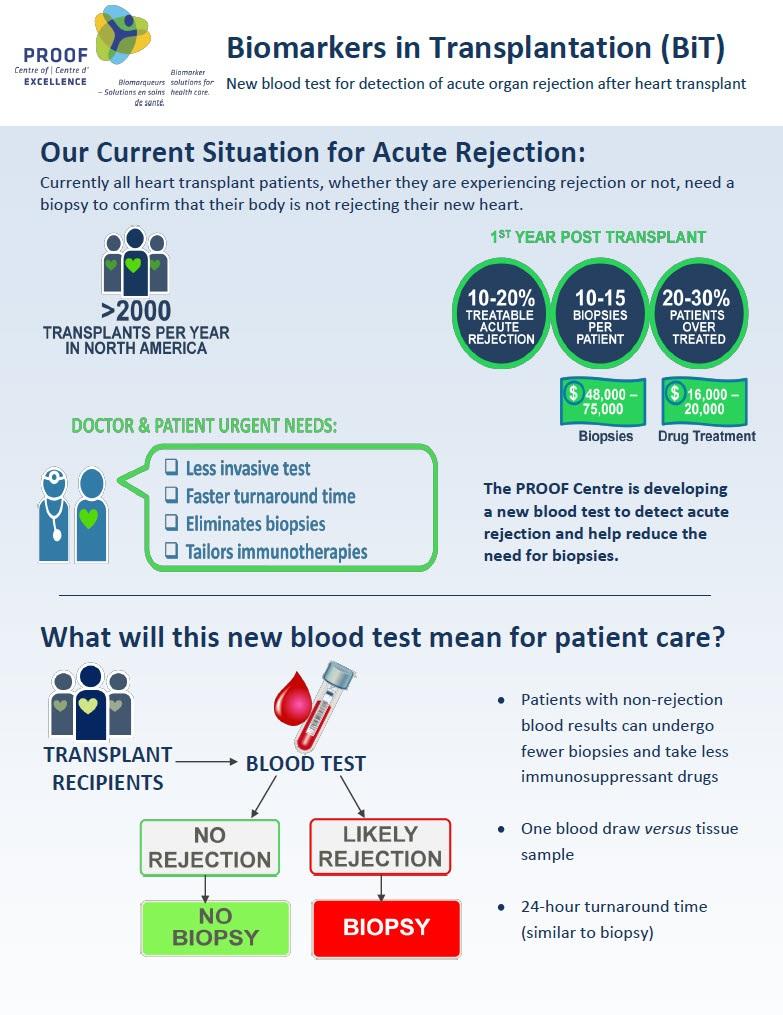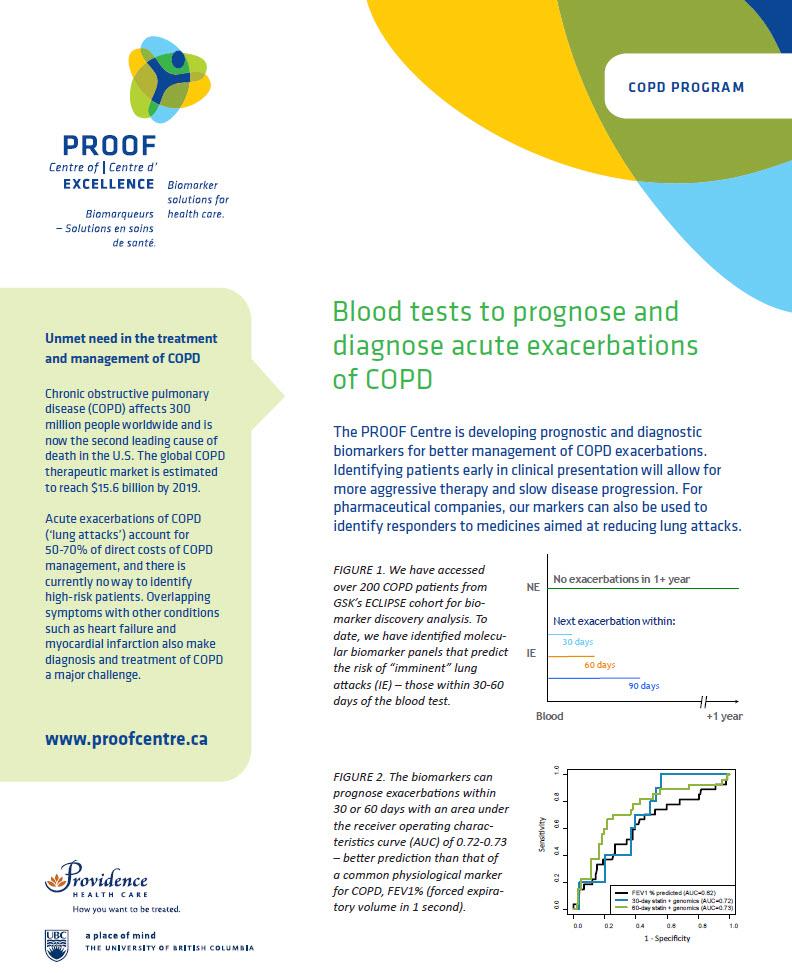
Two US patents granted to UBC Computer Science Researcher
When UBC Computer Science researcher Dr. Raymond Ng and his collaborators at The PROOF Centre and UBC Medicine applied for two US patents, he was enthusiastic, but had no idea how long it would actually take. Or if in fact, the US Patent Office would even grant them these patents.
Even though computer scientists applying for patents is not rare, typically their applications are for inventions of new algorithms. The patents Dr. Ng and his group were applying for are essentially classifiers, in machine learning terminology. A classifier consists of features, with weights, creating a model that has predictive value.
The patents they sought:
- A blood test (biomarker) to detect acute organ rejection after a heart transplant.
- A blood test (biomarker) to prognose acute lung episodes (called exacerbations) due to Chronic Obstructive Pulmonary Disease (COPD).
In medicine, a biomarker, is a set of indicators in the human body, such as those found in blood, sputum and urine, that can be reliably measured. For example, systolic blood pressure and diastolic blood pressure can be combined to form a singular biomarker for assessing risks of heart failures (not a very reliable model but routinely practiced). This is exactly how a classifier manifests itself in medicine. “In genetics and genomics, a biomarker is a set of DNA gene sequences or their products that are associated with susceptibility to a disease,” explained Raymond.
However, since 2013, any US patents involving genes and gene products have been extremely rare. That’s due to the fact that the US Supreme Court made a landmark ruling that year, saying intellectual property could not be created from naturally occurring phenomenon. The ruling specifically determined that genes cannot be patented as they are products of nature and cannot be treated as inventions.
Against this landmark ruling, Raymond’s team argued that their patent applications were for inventions because they are classifiers, which required the team to identify the right individual genes and proteins, then weigh them appropriately to give predictive value. Considering that the research had been going on since 2005 and 2008 respectively, by the time they applied for the patents in 2015, so much time had elapsed already.
“We almost completely gave up two or three times over a span of five years waiting for the patents to be approved,” Raymond said. But several weeks ago, an email arrived in Raymond’s inbox, confirming one was approved. The team was ecstatic. “A week later, I received another email from the patent office. At first, I thought it was a duplication of the one I’d just received. But then I realized it was for our second patent. It was like we’d won two lotteries, two weeks in a row,” Raymond joked. Apparently, the US patent office had accepted the argument that classifiers are actually inventions.
Developing a formula
So how does a Computer Science professor get to the point of receiving not one patent, but two; especially for something related to genes and their products?
“First of all, there are over 1 million proteins in human blood. A major exercise for us regarding the heart transplant research was finding the right proteins that build a prediction. In machine learning technology, this is called ‘feature selection’. In this case, we needed to find 6-8 proteins out of 1 million. It was then about finding the right weight of each protein, resulting in a final formula. It was the actual formula we patented,” Raymond explained.
The patent for the blood test related to COPD is similar: it was for the formula the team discovered, with different weights of fewer than 10 proteins that make up the COPD condition. The blood test actually determines if an acute episode is coming up within a month. “Then a physician can intervene earlier,” Raymond explained. “The doctor can potentially provide intervention medicines like steroids.” Steroids are one of the major ways to mitigate exacerbation, but not given lightly. The hope with Raymond’s team is that by having this warning early on through an accurate blood test, it will help COPD sufferers avoid severe episodes and resulting hospitalization.
Why patent this?
“The reason we put a patent on these procedures is that they have commercial value, and we can licence the patent out to commercial companies in the US to develop. We also have the EU patent forthcoming,” Raymond said. “For one, all the research funding has been paid by Canadian taxpayers to date. So imagine one day when these blood kits are marketed in Canada and we have a say in how much it will cost here. By hanging on to the Canadian patent, we may be able to control the Canadian price, which would be a small fraction of prices in the US and Europe.”
When medicine and computer science come together in these types of ways, it’s certainly easy to see how technology like machine learning is a worthwhile and healthy endeavour.
**Research conducted in collaboration with: The PROOF Centre (co-hosted by UBC Medicine and Providence Health Care) and UBC Computer Science
Read more:
UBC Medicine News article